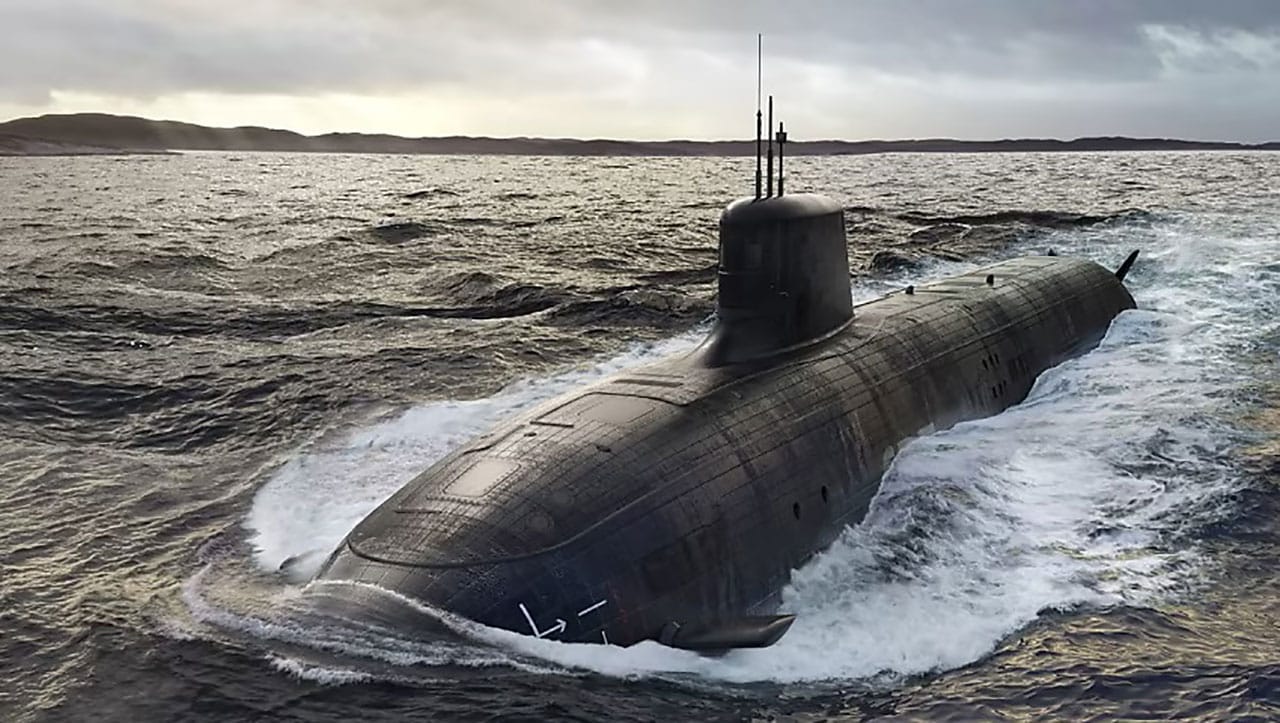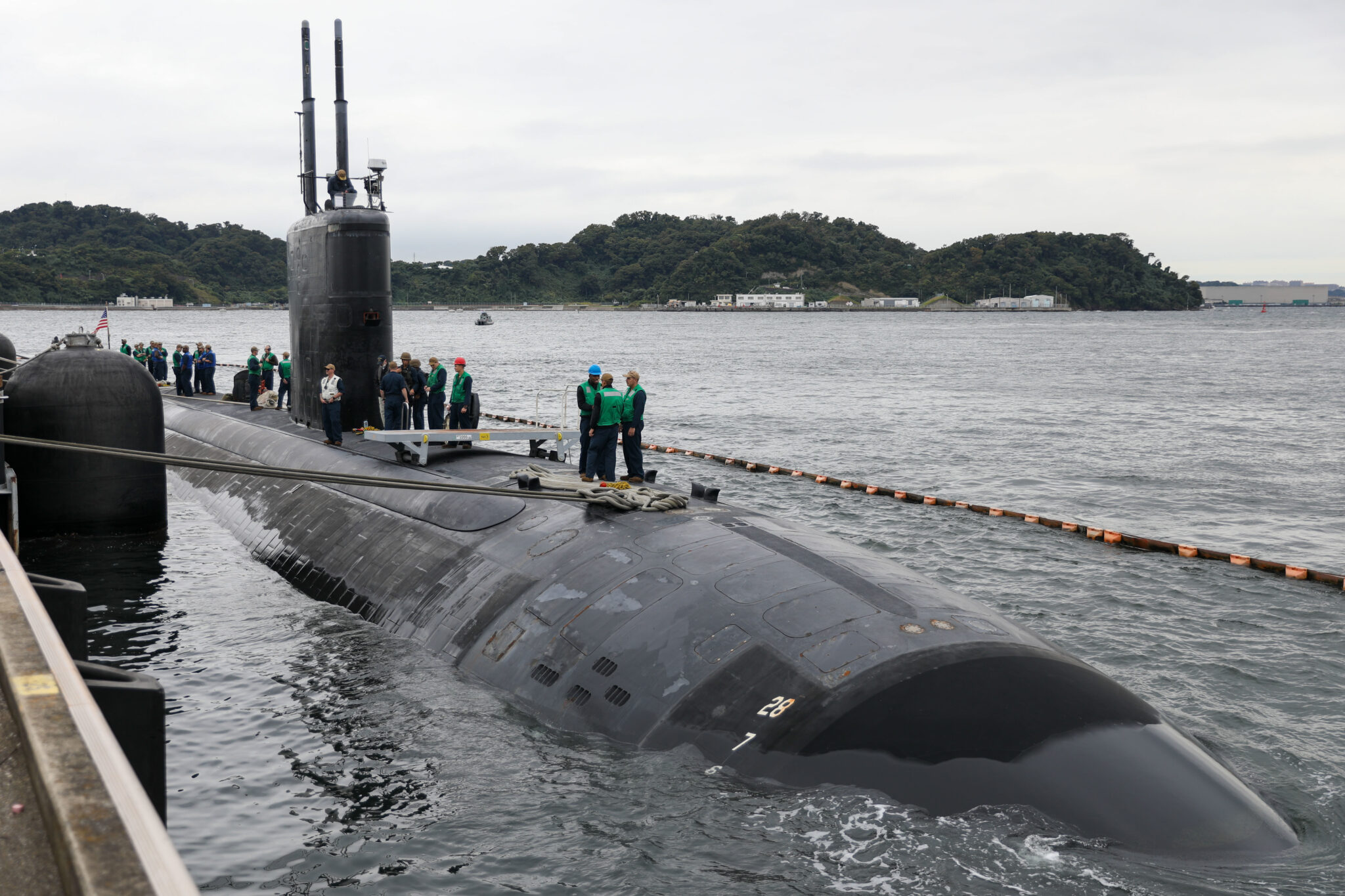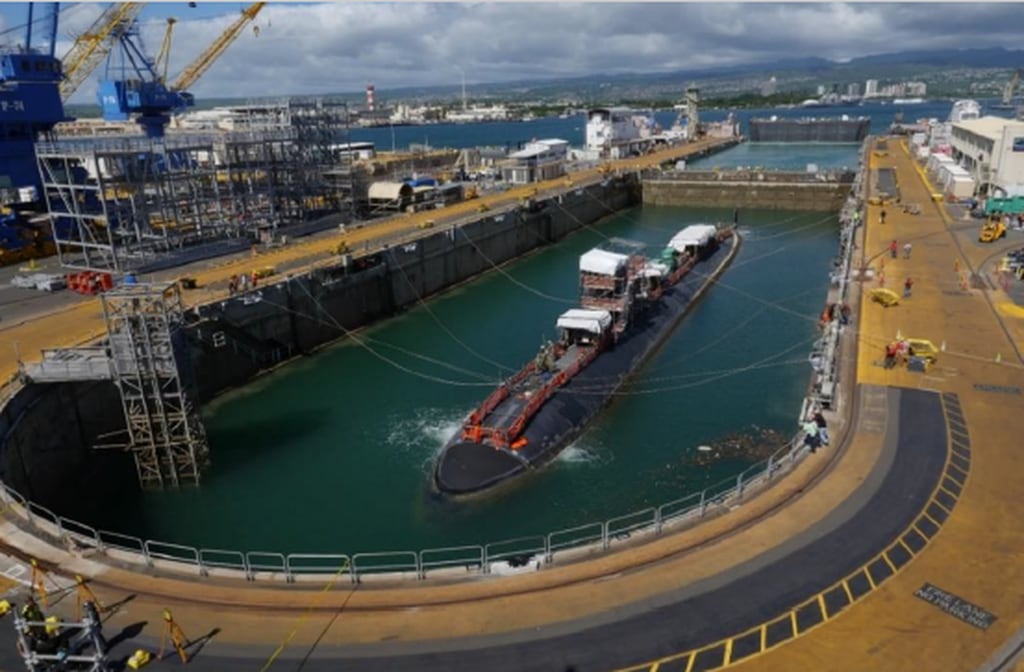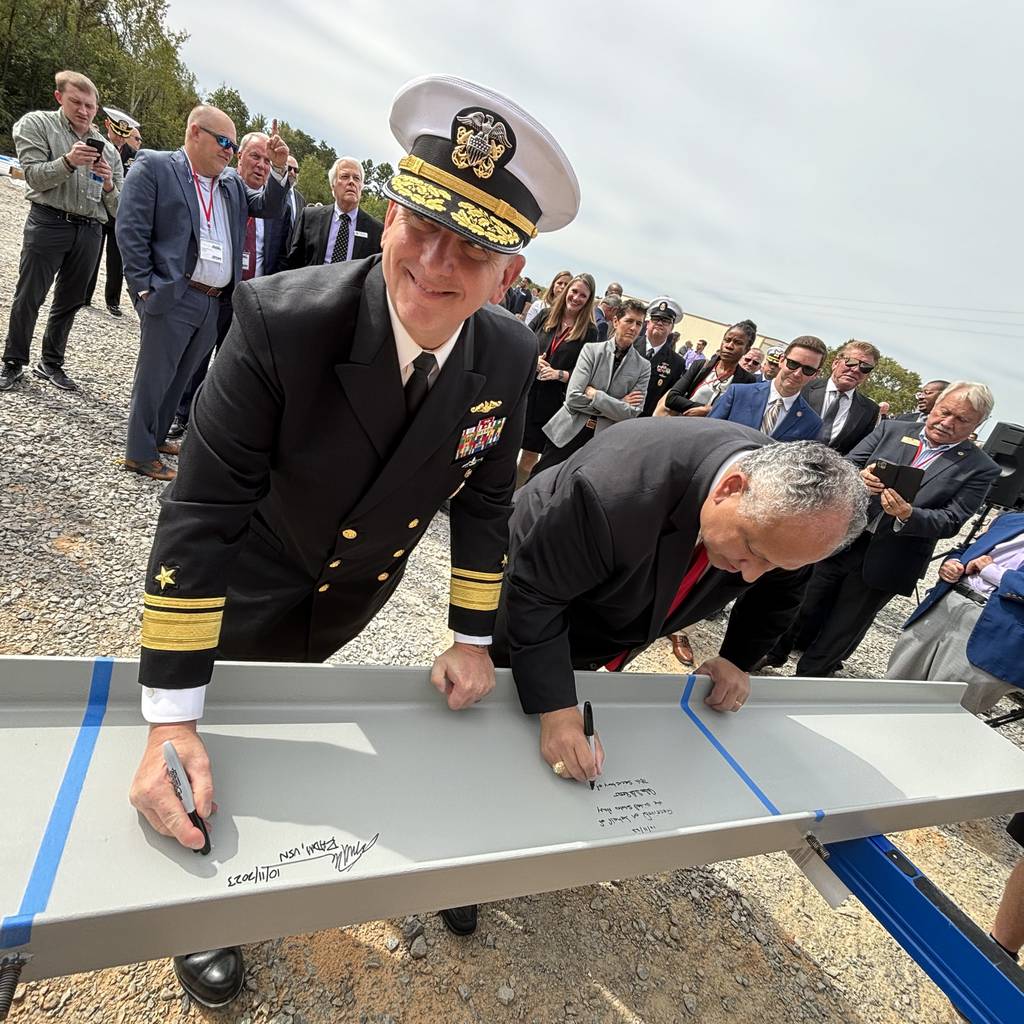Congress Highlights Need for Third Submarine Production Facility (From Defense News)
WASHINGTON ― A congressionally mandated commission on Thursday released its final report on the U.S. nuclear posture, recommending an increase in additional assets as China rapidly expands its own arsenal.
At the same time, the commission found the Pentagon and Energy Department are lagging behind their modernization goals, raising questions about the ability to develop additional nuclear assets.
Sen.
Roger Wicker of Mississippi, the top Republican on the Armed Services Committee, called the report “a stark reminder of the significant work needed to expand our nuclear submarine industrial base to increase production and reduce repair time.”
Industrial base failing to keep pace
The report also sounds the alarm about the industrial base’s failure to keep pace with nuclear modernization requirements.
For instance, the Navy is behind in its goal of constructing one Columbia-class submarine per year while maintaining the older Ohio-class vessels on top of trying to produce two Virginia-class conventional attack submarines per year, which use overlapping nuclear supply chains.
“The [White House’s Office of Management and Budget] as well as the commission are skeptical that the current infrastructure can simultaneously support conventional and nuclear sustainment, modernization, and construction as scheduled,” states the report. “The
AUKUS agreement may place further stress on this capacity,” referring to the trilateral pact in which the U.S. and Britain will help transfer Virginia-class submarines to Australia.
To that end, the commission says the Defense Department should “establish or renovate a third shipyard dedicated to production of nuclear-powered vessels, with particular emphasis on nuclear-powered submarines.”
Wicker has
held up key authorizations needed to implement AUKUS, demanding the Biden administration and Congress put more money into the submarine industrial base. The two authorizations Wicker is holding up would permit the transfer of two Virginia-class submarines to Australia and allow the Defense Department to accept Canberra’s $3 billion contribution in the submarine industrial base.





